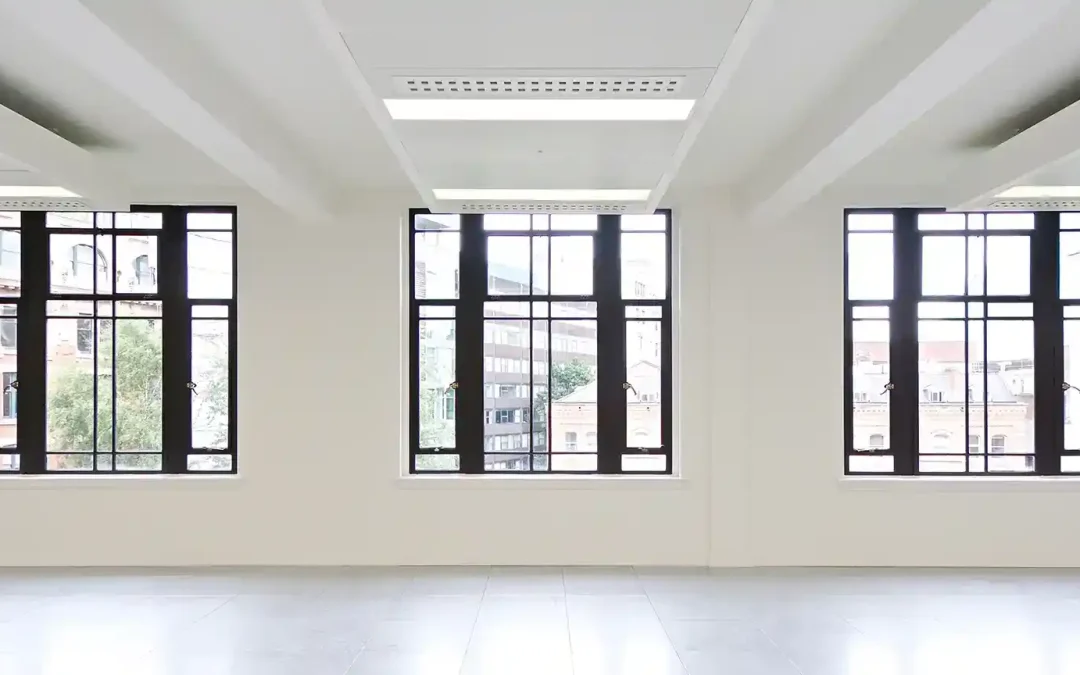In July the Building Research Establishment (BRE) published a new SAP methodology called SAP 10. SAP calculations are used to demonstrate the energy performance of dwellings in the UK and produce EPCs.
Following the Independent Review of Building Regulations earlier this year, a revision to Part L of the Building Regulations is expected in 2020. The current methodology, SAP 2012, will continue to be used until then.
We’ve put together a summary of the key changes and the likely implications for businesses:
Fuel prices and CO2 Factors
The CO2 emission factor of electricity has been reduced significantly from 0.519 kgCO2/kWh to 0.233 kgCO2/kWh – only slightly higher than mains gas (0.210). This is to reflect the significant increase in renewable energy production for the national grid since the last update. The change is aimed at encouraging dwellings to move away from fossil fuels.
Heating Pattern
It had previously been assumed that people were home more at weekends, and thus using more energy. Recent studies have shown this to be inaccurate; SAP 10 therefore applies the same usage pattern to weekends as weekdays (07:00-09:00 & 16:00-23:00). This consistent pattern for all days of the week will reduce anticipated energy consumption.
Lighting
Lighting has had a significant overhaul as the current data requirements are very minimal, no more than a simple counting exercise with fittings either being classed as “low energy” or not. SAP 10 will require data on power and efficacy, similar to the existing non-domestic methodology. Poor use of daylighting, as well as insufficient or excessive lighting generally, will be penalised.
Thermal Bridging
Default values have been increased in an attempt to discourage quick, inaccurate calculations and encourage detailed analysis of junctions. This means a lot more work for those early design indications with bespoke calculations potentially being required for every junction.
Hot Water Demand
SAP 10 requires assessors to input the number of baths and showers in a dwelling. The flow rate and type of shower will also be required, with electricity usage from instant electrical showers now being accounted for. This is likely to increase anticipated energy consumption.
Photovoltaic Panels
SAP 10 will allow for PV storage, either in the form of battery storage or excess electricity being used to heat an immersion cylinder. This is an improvement on the current methodology which assumes half of all electricity generated by PV is returned to the grid. However only dwellings with their own inverters will be able to claim any reductions from PV. Blocks of flats with only one inverter between them will now be excluded. Over shading will also be stricter. Given that PV is often used to offset the higher electricity carbon factor, its reduction may balance things out overall.
Overheating Risk
Criteria for overheating risk have been tightened. Assessors must record if there are any noise or security issues associated with leaving windows open. If so, fully openable windows can no longer be assumed to be an appropriate ventilation method and only trickle vents may be used in the calculation. Mechanical ventilation may need to be increased.
Thermal Mass Parameter
Currently assessors can select “low”, “medium” or “high” for the thermal mass of a building. In SAP 10 a bespoke calculation will be required for every development, adding extra time to the calculation.
You can download the full methodology on the BRE Website.
For more information on how the changes will affect you, please contact us.
